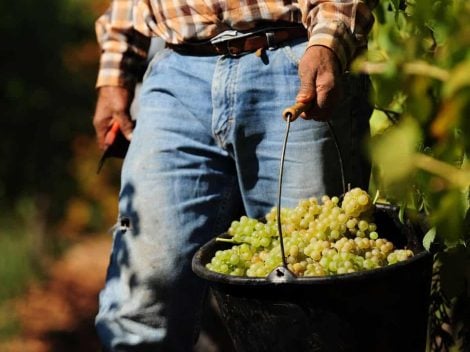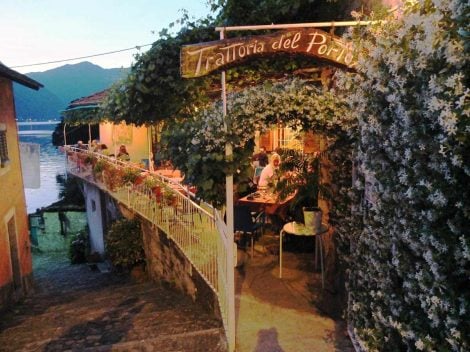Street food in Mexico
Deeply influenced by the Spanish Conquistadores, who brought new ingredients and cooking methods to the country, Mexican cuisine can offer mouth-watering dishes, including lots of street food to be enjoyed on the go. Mexican street food is one of the most famous in the world, which has been all the rage over the years especially in the United States. Not to be confused with the specialties of Tex-Mex cuisine, made of nachos, chilli con carne and fajitas which is a product of the cultural proximity between Texas and Mexico, both belonging to the colony called New Spain. With the independence of Texas and its entry into the United States, the cuisine expanded, also thanks to the easy availability of spices and various ingredients: Tex-Mex recipes today include a lot of beef, cheddar cheese and cumin. But let's go back to the products originating in Mexico: here is the country's must-taste street food.
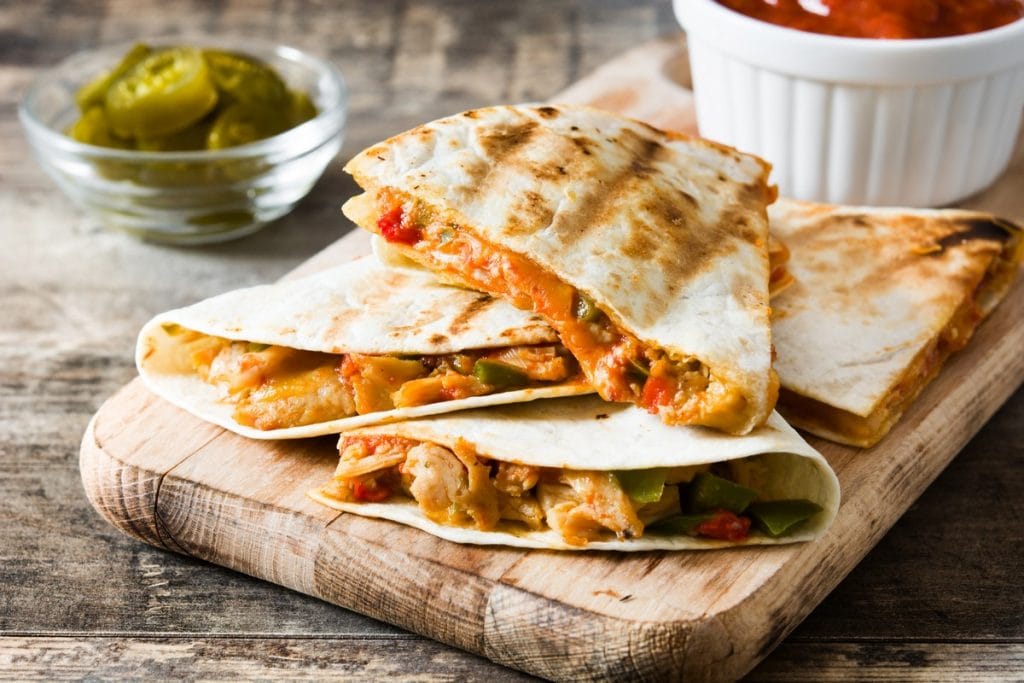
Street food in Mexico: quesadillas, tortillas with cheese
It is often said that the Spanish brought quesadillas to Mexico, but in actual fact these tortilla bundles existed before, and probably developed in the south-central regions of Mexico. The primordial form of quesadillas were tortillas - very similar to wraps - filled with pumpkin, cooked in clay ovens and served as dessert, already popular among Aztec populations. Over time, they began to be offered in a savoury version as a main meal, especially after the arrival of the Spanish colonists who brought cows, lamb and sheep with them to New Spain. They were the ones responsible for the introduction of dairy products, which ended up inside the tortillas, giving life to quesadillas as we know them today. At the base of the recipe, corn tortillas, according to many gastronomy historians, were already part of the diet of the Olmecs, an ancient pre-Columbian civilization that inhabited the central-southern part of Mexico, which relied on extensive corn crops.
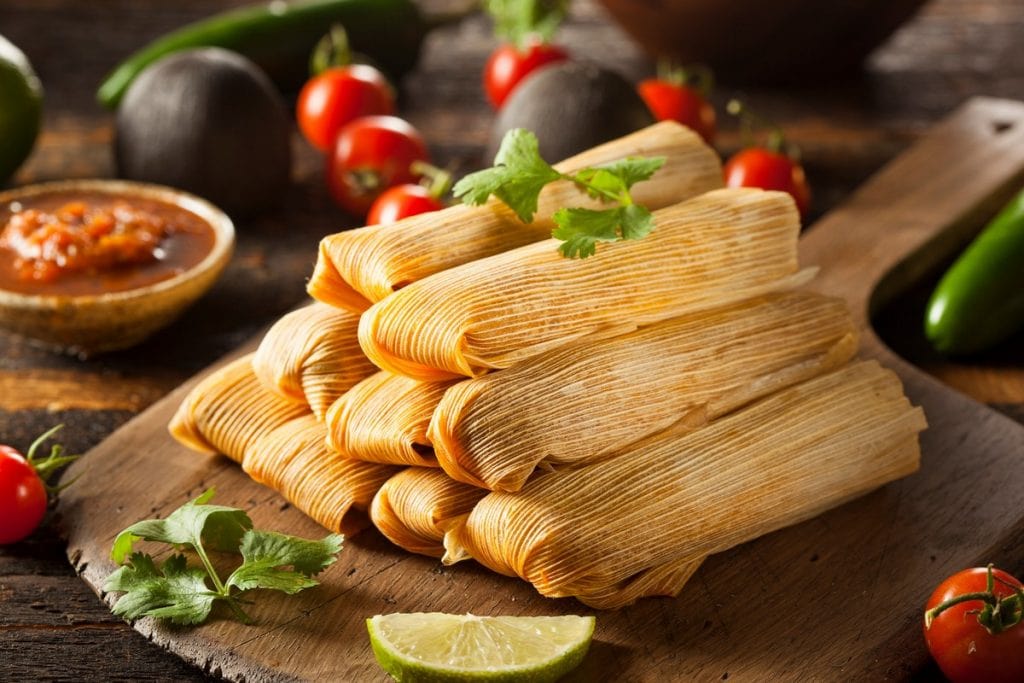
Tamales, the rolls of cults and ceremonies
Very ancient street food, already consumed at the time of the Aztecs and Maya, tamales are rolls of corn leaves stuffed with minced meat. Its origins are shrouded in mystery. Many believe that the Aztecs invented them to provide the warriors with protein and substantial food during battle. They were roasted over ashes, at least until the Spanish conquistadors brought pots and pans with them, and the women began steaming the food. Many legends and religious stories revolve around tamales: the most important involves Tzitzimitl, the grandmother of a god who sacrificed her grandson to prepare twenty tamales, using his flesh. They are then mentioned in the Popol Vuh, the mythological document of the Maya which narrates that human beings took their current form from the corn plant. The rolls were, however, often offered to the gods during religious ceremonies, even more so after the Spanish missionaries began to spread Catholicism in Mexico. Today they are fundamental for one of the most important celebrations in the country: the Día de los Muertos. Intangible Heritage of Humanity since 2008, this is a festival of the dead that has no equal in the world, celebrated every year from 28 October to 2 November. and which reached the general public in 2017 thanks to Pixar's masterpiece, Coco.
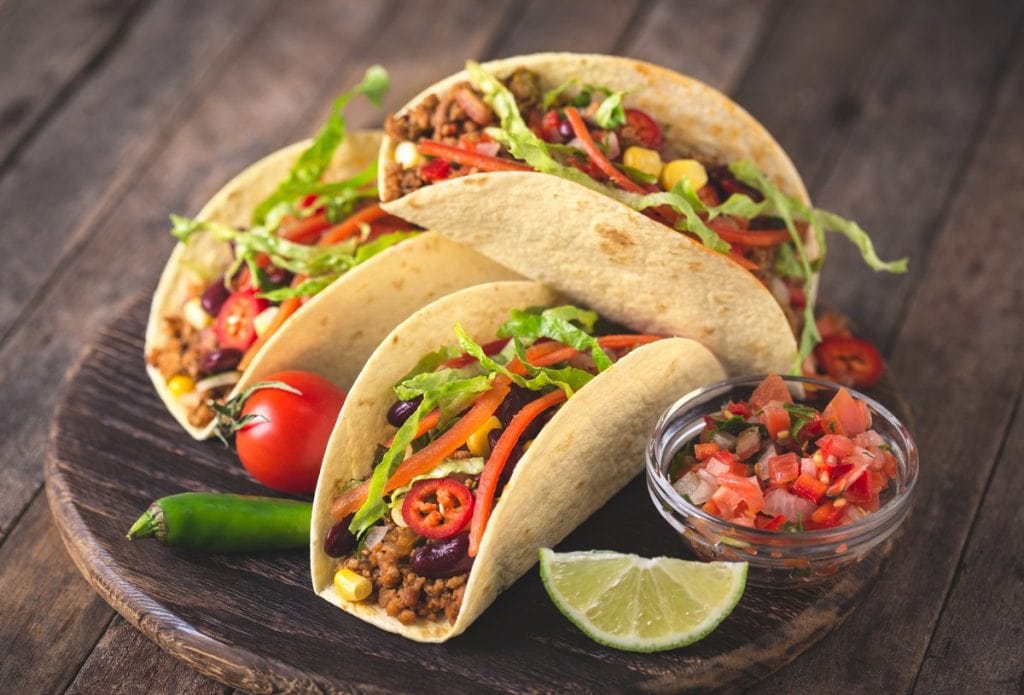
Tacos, the miners' food
Today they are one of the symbols of Tex-Mex cuisine, but the real tacos originated in Mexico and existed long before the arrival of the Spaniards. The native populations used to insert substantial and tasty fillings in corn tortillas, such as entrails and fish. They were the food of the working class, including miners: for a long time, as a matter of fact, they were known as "tacos de minero," ideal for supporting the workers of the silver mines of the 18th century. In the United States, where they later achieved great fame, tacos arrived in 1905 thanks to Mexican immigrants who came to work on the railway lines. The name derives from the word tlahco, which in nāhuatl - the language of the Aztec population - means "half," to emphasise the closed shape.
by Michela Becchi

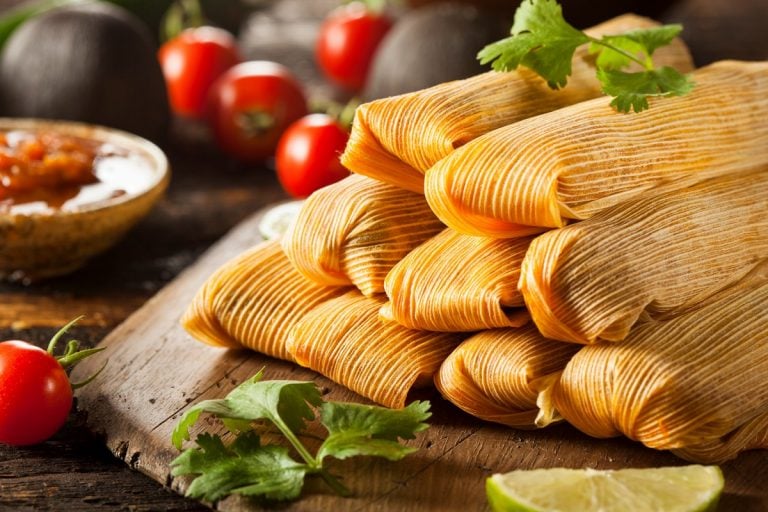
 Diego Rossi of Trippa opens a new osteria: what you can eat at Nino Osteria con Cucina in Milan
Diego Rossi of Trippa opens a new osteria: what you can eat at Nino Osteria con Cucina in Milan How you eat at Sentiero, the restaurant Elba Island was missing
How you eat at Sentiero, the restaurant Elba Island was missing Eating by the sea in Tuscany. The best beachfront restaurants selected by Gambero Rosso
Eating by the sea in Tuscany. The best beachfront restaurants selected by Gambero Rosso Contemporary cuisine, farmhouses and pinewoods. The hidden restaurant in the nature park near Como
Contemporary cuisine, farmhouses and pinewoods. The hidden restaurant in the nature park near Como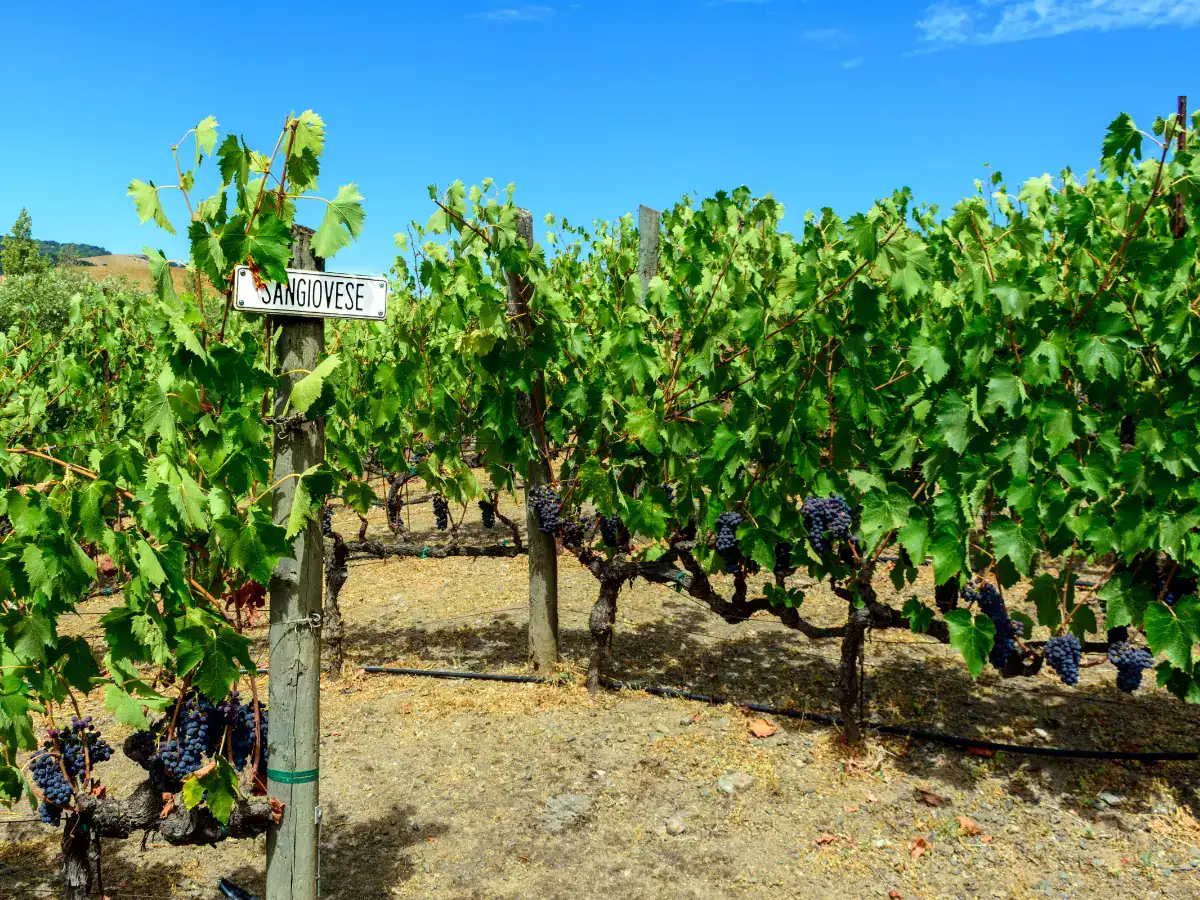 California rediscovers Sangiovese. A brief history of the revival of a forgotten grape variety in the United States
California rediscovers Sangiovese. A brief history of the revival of a forgotten grape variety in the United States


